Researchers at MIT have come up with a way to use WiFi signals to see behind walls, and map a room in 3-D. By reflecting the signal, it can also locate the movements of people or objects in the room. The Daily Mail reports:
Using a wireless transmitter fitted behind a wall, computer scientists have developed a device that can map a nearby room in 3D while scanning for human bodies.
Using the signals that bounce and reflect off these people, the device creates an accurate silhouette and can even use this silhouette to identify who that person is.
The device is called RF Capture and it was developed by researchers at MIT's Computer Science and Artificial Intelligence Lab (CSAIL).
The RF Capture device transmits wireless signals that travel through a wall and reflect off a person's body back to the device.
[...]
Since only a small number of body parts reflect the signal back at any given point in time, the device monitors how these reflections vary as someone moves and walks.
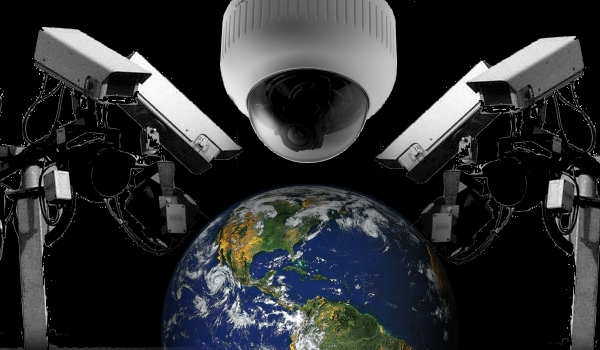
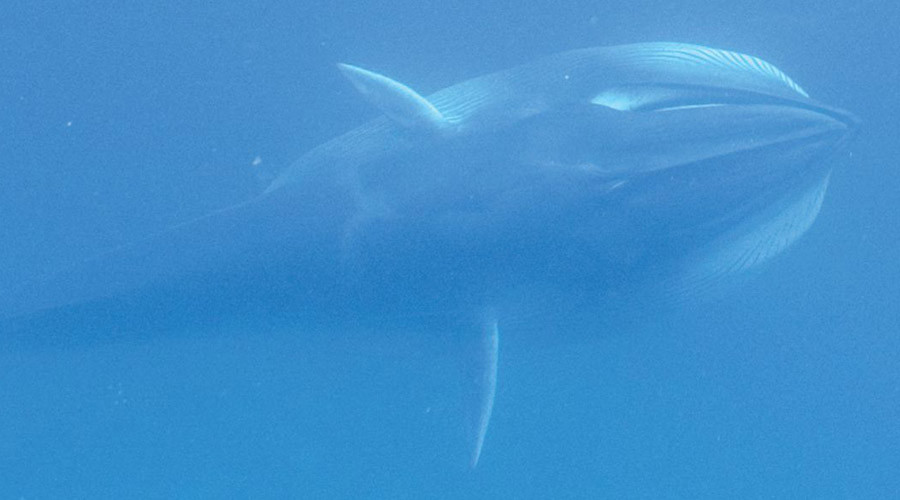

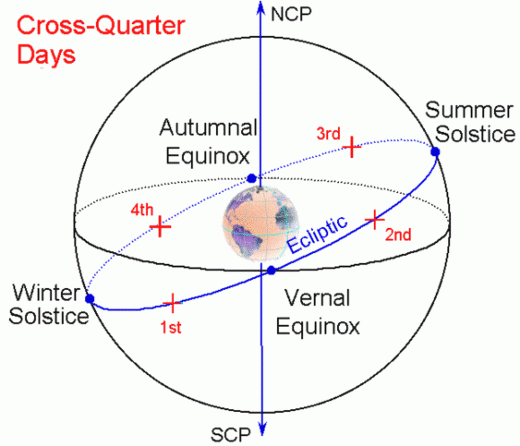
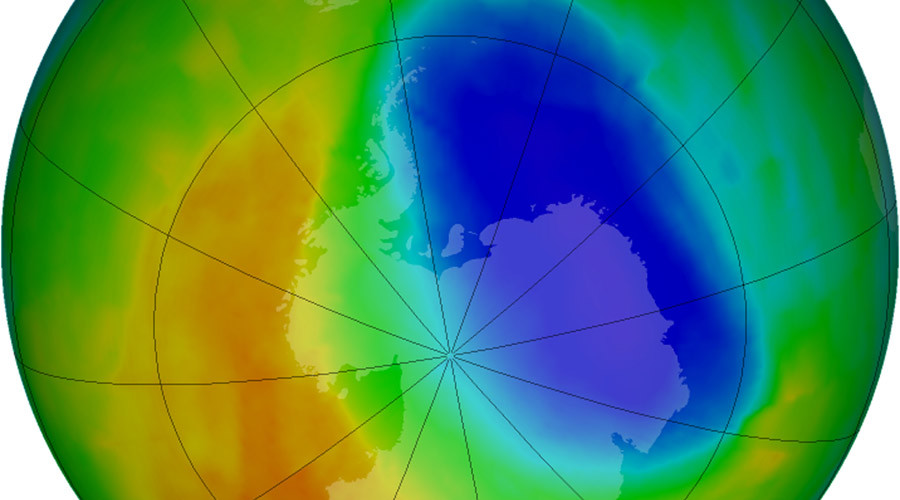
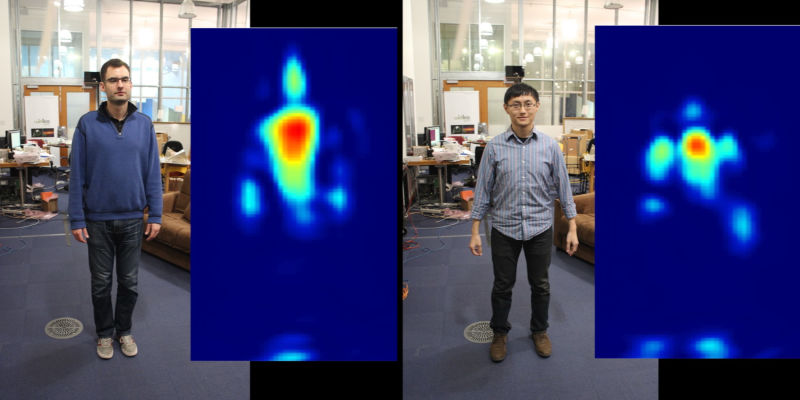
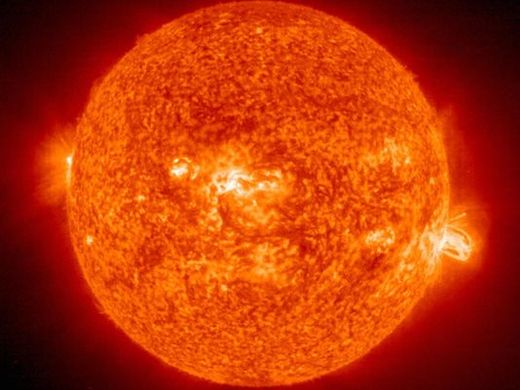

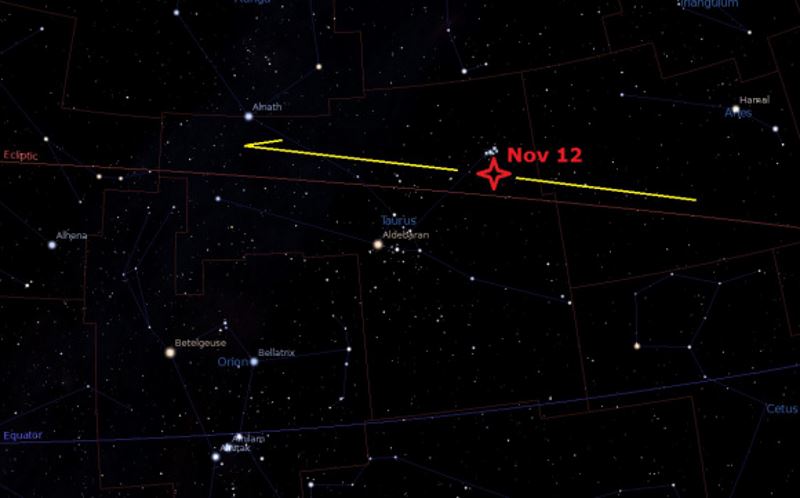
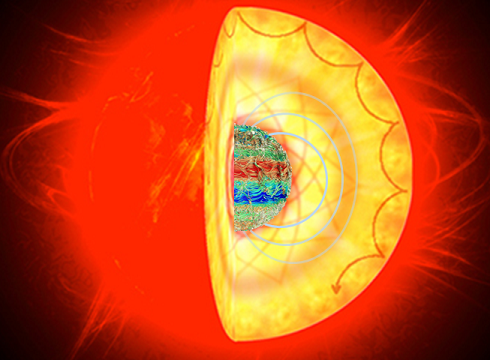



Comment: A good farmer knows what his livestock is up to at all times. Constant connectivity and smart technology is not benevolently bestowed upon us to make life more convenient. We're being corralled.